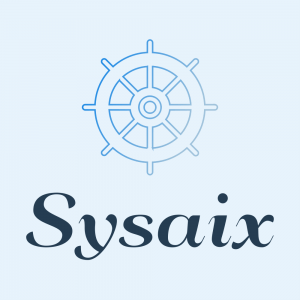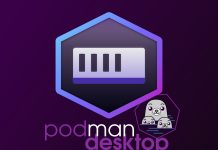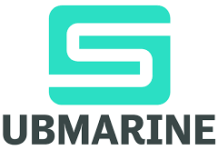The Red Hat Summit 2024 showcased a series of groundbreaking features and innovations aimed at enhancing enterprise technology landscapes. Here are the key announcements:
1. Introduction of Red Hat Enterprise Linux AI (RHEL AI)
Red Hat unveiled RHEL AI, a comprehensive platform designed to facilitate the development, testing, and deployment of AI models. RHEL AI integrates tools from the InstructLab project, enabling users to fine-tune large language models (LLMs) efficiently. This platform aims to democratize AI by allowing domain experts to contribute knowledge directly, bypassing the need for extensive data science expertise
2. InstructLab Open Source Project
InstructLab, a collaboration between Red Hat and IBM, was introduced as a community-driven initiative to improve LLMs. This project leverages community contributions to enhance AI models with new skills and knowledge, organized into a structured taxonomy. It uses synthetic data generation to reduce the costs and resources typically required for model training
3. Enhanced Security Features
Red Hat emphasized new security features across its product lines. These include advanced threat detection and mitigation tools integrated within RHEL and OpenShift, aiming to provide robust security for enterprise environments. The focus on security ensures that AI and other applications running on Red Hat platforms are well-protected against evolving cyber threats.
4. OpenShift Enhancements
OpenShift, Red Hat’s Kubernetes platform, received significant updates aimed at improving developer productivity and operational efficiency. Enhancements include better support for AI/ML workloads, streamlined CI/CD pipelines, and improved multi-cloud management capabilities. These updates are designed to help enterprises accelerate their digital transformation initiatives
5. Partnership Announcements
Red Hat announced several key partnerships aimed at expanding its ecosystem. Collaborations with leading technology companies focus on integrating advanced AI, security, and cloud-native solutions. These partnerships are intended to deliver more comprehensive and scalable solutions for enterprise customers.
6. Developer Tools and Resources
To support the developer community, Red Hat introduced new tools and resources, including updated SDKs, developer portals, and enhanced support for popular programming languages and frameworks. These tools are designed to simplify the development and deployment of applications on Red Hat platforms.
7. Red Hat Lightspeed Integration
Red Hat has significantly expanded its generative AI capabilities with the introduction of Red Hat Lightspeed. This service is designed to integrate AI across Red Hat’s portfolio, including Red Hat Enterprise Linux (RHEL) and OpenShift. By leveraging AI, Red Hat aims to simplify complex computing tasks, making its platforms more accessible and efficient for both novice and experienced users.
- For RHEL: Lightspeed enhances the ease of deploying, managing, and maintaining Linux environments. It provides intelligent suggestions and automation capabilities to streamline workflows, thereby reducing the operational burden on IT teams.
- For OpenShift: Lightspeed brings AI-driven insights and automation to Kubernetes-based applications, simplifying application lifecycle management and resource scaling. This allows teams to quickly adapt to demand changes and optimize their cloud-native environments.
Conclusion
The Red Hat Summit 2024 highlighted the company’s commitment to innovation and community-driven development. With new AI capabilities, enhanced security features, and robust developer tools, Red Hat continues to lead in providing scalable, secure, and efficient solutions for enterprise environments.







